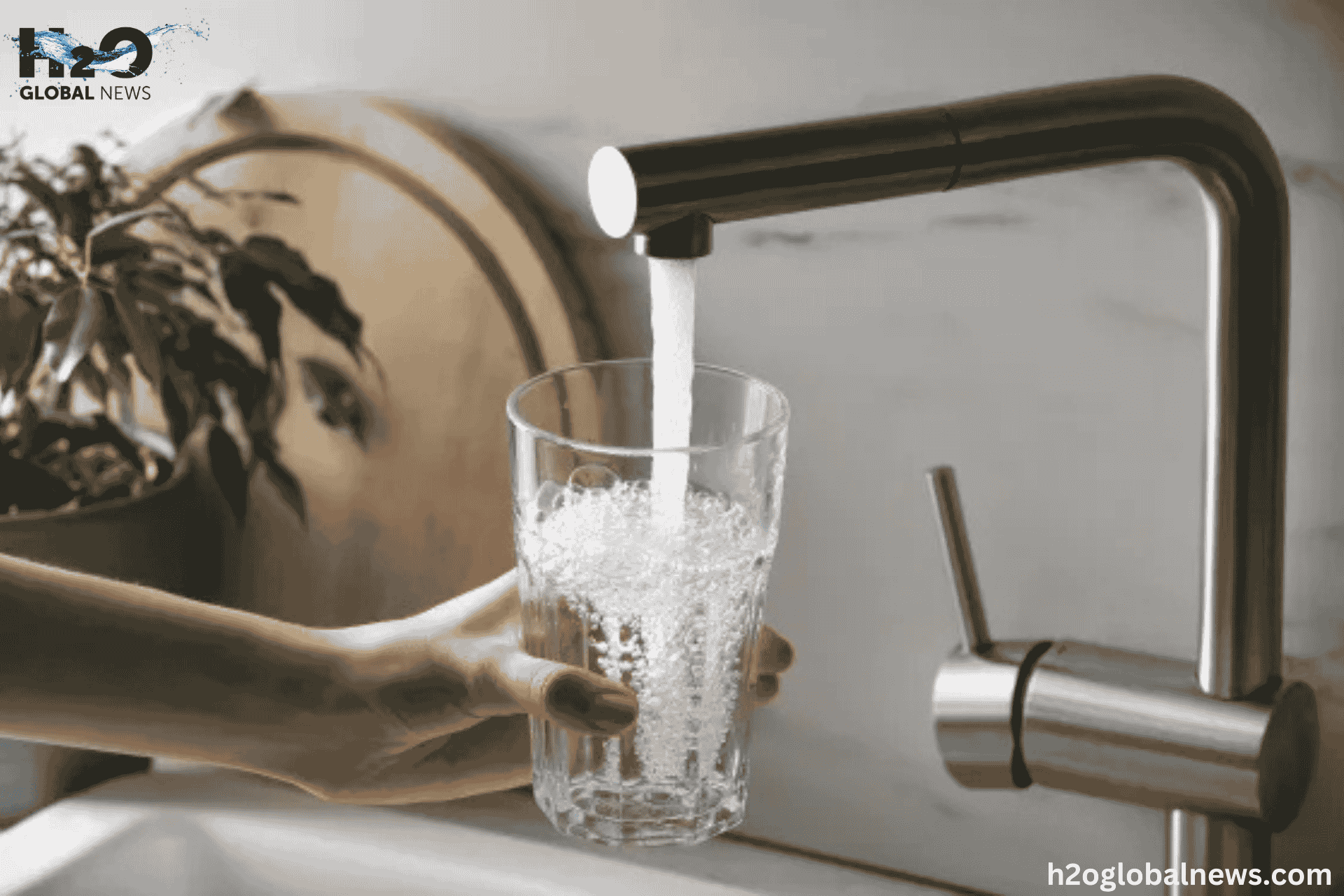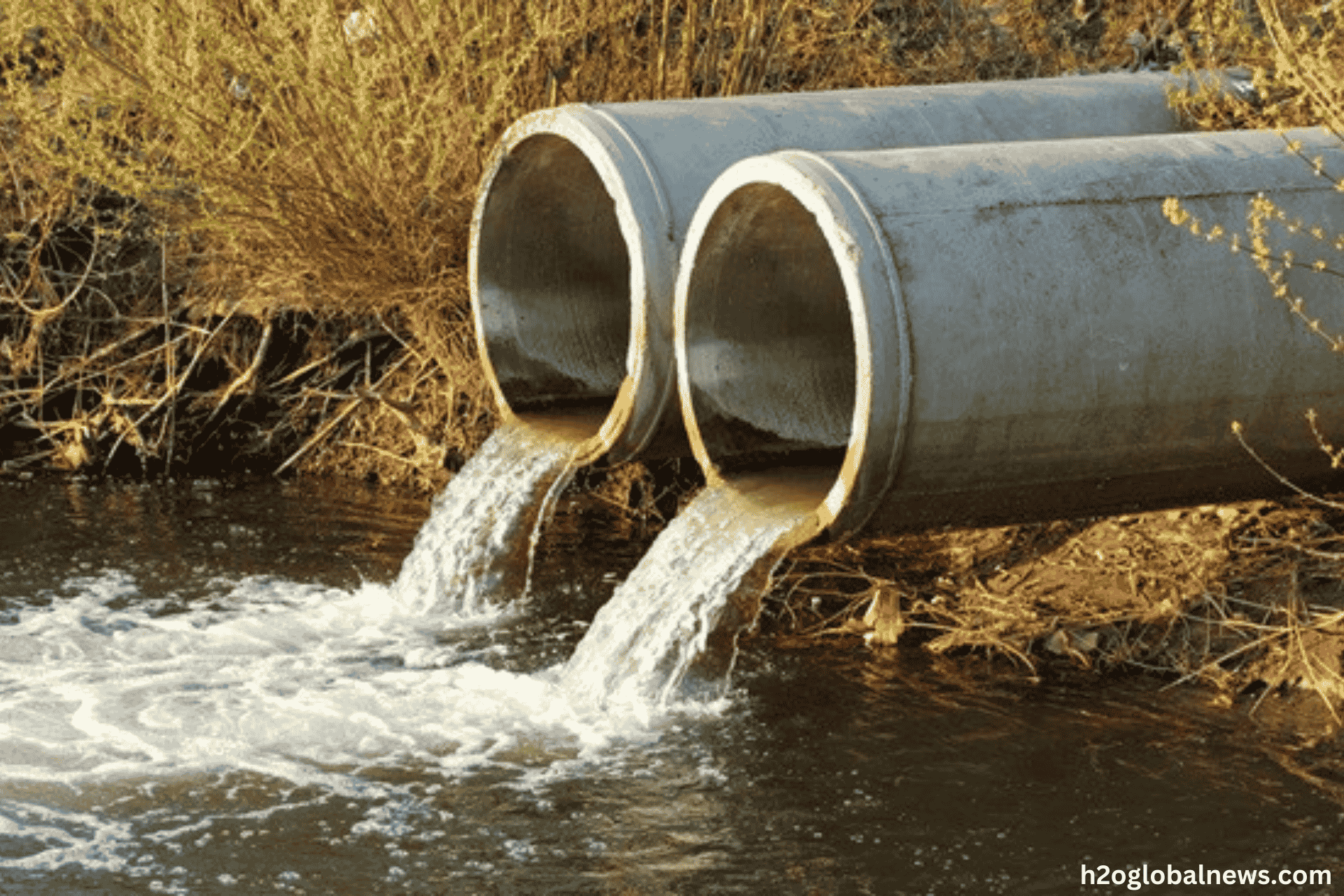When you turn on the tap in the UK, do you ever wonder how the water travels to your glass? While the quality and safety of British tap water are widely recognized, the process behind it is more fascinating than most people realize. In this article, we explore the process of UK tap water, its safety, and whether it involves recycled sewage.
Is UK Tap Water Safe to Drink?
Drinking water in the UK is among the safest and cleanest in the world. Every drop satisfies rigorous health and safety standards thanks to strict restrictions imposed by the Drinking Water Inspectorate (DWI). British tap water is a dependable and environmentally responsible option because these regulations are considerably more stringent than bottled water regulations.
The Process of UK Tap Water
The journey of drinking water in the UK is a testament to modern engineering and environmental stewardship:
- Collection: Water is gathered from subterranean aquifers, rivers, and reservoirs.
- Treatment: It goes through several purification steps, such as filtration, chemical disinfection, and occasionally ultraviolet treatment.
- Distribution: A vast system of pipes carries the cleaned water to residences and commercial buildings.
- Recycling and Reuse: Wastewater is gathered, cleaned, and then securely reintegrated into the water cycle, enhancing the supply’s sustainability.
Understanding Water Treatment Processes
Initial Screening
Once collected, water enters a treatment plant where it first undergoes screening. This process removes large debris such as leaves, sticks, and other particulate matter. It’s the first step in transforming raw water into a purer form.
Coagulation and Flocculation
Next, chemicals are added to the water to bind small particles into larger clumps, a process known as coagulation. These clumps, or flocs, are then easier to remove during subsequent treatment stages. This step helps eliminate fine particles that could otherwise harbor contaminants.
Sedimentation and Filtration
The coagulated water is then allowed to settle in sedimentation tanks, where gravity pulls these flocs to the bottom. The clear water on top is skimmed off and passed through filters, usually sand, gravel, or activated carbon, to remove any remaining impurities. This meticulous filtration ensures the water is significantly cleaner.
The Role of Advanced Treatment Techniques
Disinfection with Chlorine
Chlorine is commonly used to disinfect water, killing harmful microorganisms that could cause disease. Although chlorine has its detractors due to its taste and smell, its effectiveness in ensuring water safety cannot be overstated.
Using UV Light and Ozone
In addition to chlorine, some treatment plants use ultraviolet (UV) light or ozone to purify water further. These advanced techniques target pathogens that chlorine might miss, adding an extra layer of security against contamination.
Monitoring for Contaminants
Water quality is rigorously monitored at every stage of treatment. Sensors and regular testing ensure that potential contaminants are detected and addressed promptly. This constant vigilance helps maintain the high standards of UK tap water.
Regulatory Framework and Standards
Role of the Drinking Water Inspectorate (DWI)
The DWI oversees the quality of drinking water in the UK, ensuring it complies with rigorous standards. The DWI conducts regular inspections and audits of water companies, holding them accountable for maintaining high-quality water.
Compliance with EU and WHO Guidelines
UK tap water must comply with European Union directives and World Health Organization (WHO) guidelines. These international standards ensure water is safe for consumption and free from harmful contaminants.
Continuous Improvement and Innovation
The water industry continuously seeks to improve treatment processes and infrastructure. Innovations in technology and methodology help maintain and enhance water quality, adapting to new challenges and ensuring long-term sustainability.
Debunking Myths About UK Tap Water
Is Tap Water Unsafe Because It’s Recycled?
Not. The UK water recycling process ensures the water is free from contaminants and perfectly safe to drink.
Does Bottled Water Taste Better?
Taste is subjective, but in blind tests, many people cannot distinguish between bottled water and UK tap water.
Is All Tap Water the Same?
Tap water varies slightly depending on whether it comes from hard or soft water areas, but all of it meets strict safety standards.
Conclusion
The question of whether UK tap water is recycled sewage is a complex one. While some water may be indirectly reused, the rigorous treatment processes and robust regulatory framework ensure the water reaching your tap is safe and clean. Understanding these processes helps demystify the origins of tap water and builds trust in the systems that provide this essential resource. Embracing drinking water in the UK supports sustainability and offers a safe, affordable, and environmentally friendly choice.
FAQs
Is British tap water safe to drink?
British tap water is among the safest in the world due to strict regulations and advanced treatment processes.
Is tap water recycled sewage?
Treated wastewater is partially reintroduced into the water cycle but undergoes extensive treatment before becoming safe drinking water.
What countries drink recycled sewage water?
Countries like Singapore, Australia, and the United States utilize recycled water to address water scarcity.
What makes UK tap water unique?
The UK’s stringent quality controls, advanced treatment technologies, and commitment to sustainability set it apart.
How can I ensure my tap water is clean?
While tap water in the UK is already safe, installing a home filtration system can improve taste and quality.









